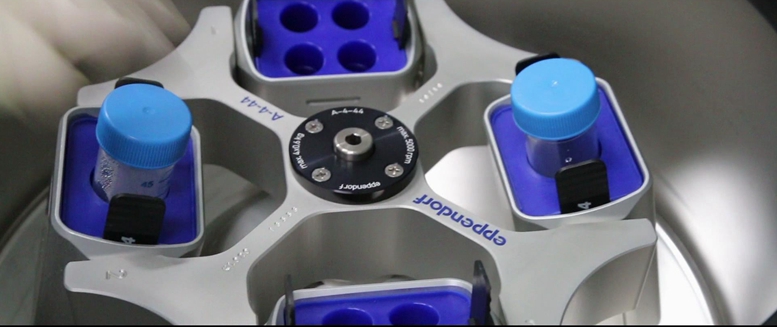"Science" announced the top ten scientific breakthroughs in 2013
Article Author:admin
Category:Industrial News
Reading:310
The cancer research community underwent a huge change in 2013, because a strategy that had been in the making for decades finally established its potential. There have been encouraging results from clinical trials of cancer immunotherapy. In cancer immunotherapy, the target of treatment is the body's immune system rather than directly targeting the tumor. This new treatment will motivate T cells and other immune cells to fight tumors-and the editors of Science believe that these approaches are showing enough promise to make them top the list of the most important scientific breakthroughs of the year.
140109 This annual list of breakthrough scientific achievements selected by Science magazine and its international non-profit publishing organization AAAS also includes solar technology, genome editing technology, and vaccine design strategies—just to name a few—etc. Major breakthroughs in this regard. The list of the top 10 breakthroughs was published in the December 20th issue of Science. (Detailed list)
Cancer immunotherapy took the first place on the list because recent results so far have highlighted its success, although its ultimate impact on the disease is unknown.
"Science" magazine news editor Tim Appenzeller said: "This year, cancer immunotherapy has broad prospects. There is nothing wrong with it. So far, this strategy of using the immune system to attack tumors is only effective for certain cancers and certain patients. So it’s important not to exaggerate the immediate benefits. But many cancer experts are convinced that they are witnessing the birth of an important new model of cancer treatment."
Many advances in cancer immunotherapy can be traced back to the late 1980s, when French researchers discovered a receptor called CTLA-4 on T cells. James Allison discovered that this receptor would prevent T cells from fully attacking the invader. By the mid-1990s, Allison demonstrated that blocking CTLA-4 in mice can relieve the T cells from attacking tumor cells in mice, causing tumor cells to shrink significantly.
At the same time, Japanese researchers discovered another "gate" on T cells called PD-1. Clinical trials involving this receptor began in 2006, and preliminary results obtained in a small number of patients appear to be promising.
Another area of interest involves modifying T cell genes so that these cells can target tumors. In 2011, this strategy, called chimeric antigen therapy or CAR therapy, excited the field of cancer research. It is now the subject of countless clinical trials, especially blood cancer clinical trials.
Accordingly, many pharmaceutical companies that did not consider immunotherapy a few years ago are now investing heavily in it.
There is still much uncertainty as to how many patients can benefit from these treatments—most of them are still experimental—and which types of cancers they have the best effect on. Scientists are busy trying to find biomarkers that can provide answers, and are thinking about ways to make treatments more effective. However, a new chapter in cancer research and treatment has opened, and the journal "Science" recognized this fact by confirming that cancer immunotherapy was the most significant scientific breakthrough in 2013.
